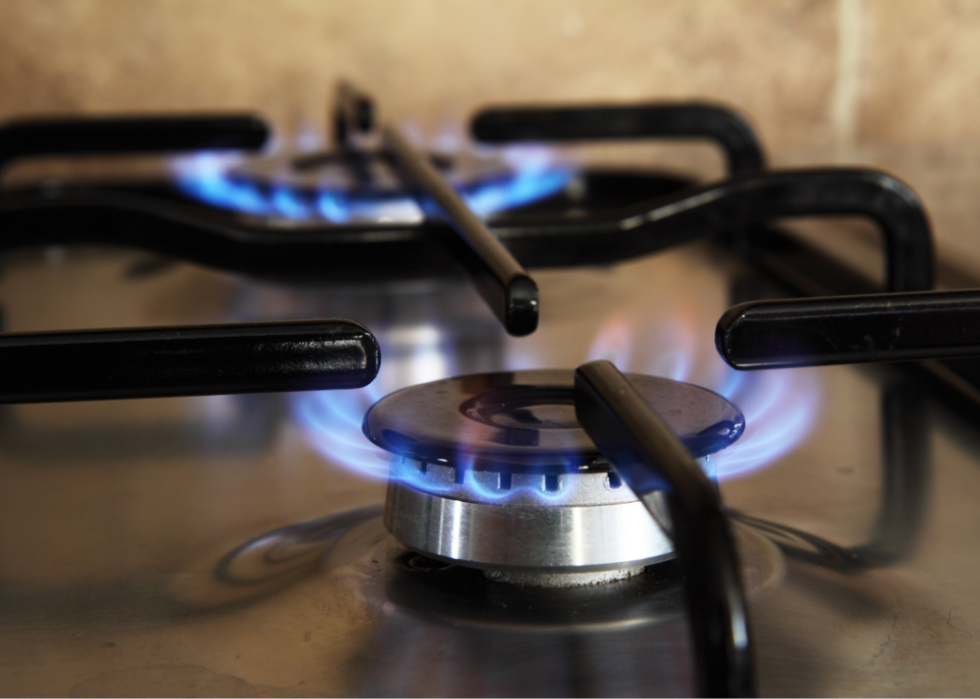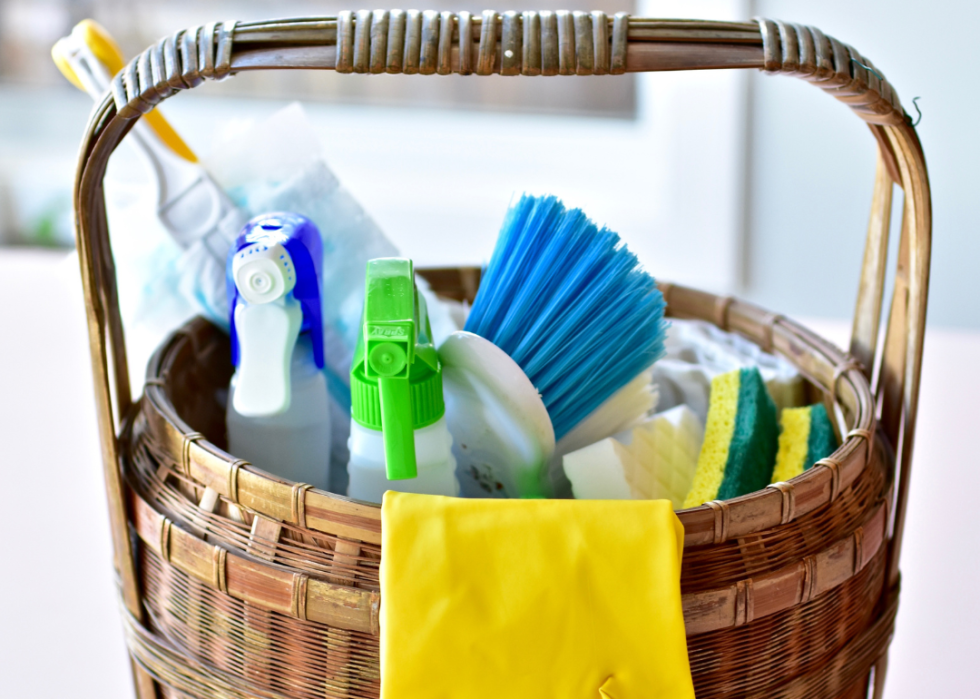
Spending on utilities, furniture, and other household goods rose in 5 years—here's why
This story originally appeared on Giving Assistant and was produced and distributed in partnership with Stacker Studio.
Spending on utilities, furniture, and other household goods rose in 5 years—here's why
As Americans ease out of the pandemic phase, many have been feeling the financial crunch of inflation as the cost of food, fuel, and services have rapidly risen. While the rate—and speed—of inflation hasn’t been seen for decades, consumer spending on housing, utilties, and household goods has actually been on a steady rise well before COVID-19.
Giving Assistant analyzed consumer expenditure data from 2015 to 2020 from the U.S. Bureau of Labor Statistics to determine how consumers have increased their spending on household goods in the five years preceding the pandemic. Overall, spending per household rose to $21,409 in 2020—that’s $3,000, or a 16% increase.
In the last few years, one of the fastest-growing spending sectors in the country was homeownership. With roughly 2.6 million households purchasing a home, the homeownership rate in the United States saw the largest annual increase on record in 2020. The upward trend began steadily growing around 2016 as the market hit record-low mortgage rates. For buyers shopping at the end of 2015, the median sales price for a new single-family home was $302,500 nationally. By 2020, the median price had risen to $358,700. Just two years later in Q1 2022, it’s now $428,700—and mortgage rates have inched up past 5%.
And like home prices, rental prices have been steadily increasing for more than a decade. In 2015, the median asking monthly rent price was around $800. Today, landlords are asking for $1,225 per month on average.
With more people paying more for housing, it should be noted that utilities have also seen a steady rise of 7% in spending prior to the pandemic. These essentials include electricity, residential and cell phone bills, water, natural gas, and other public services.
Meanwhile, the BLS found that from 2015 to 2020, spending on housekeeping supplies like laundry detergent, cleaning supplies, and stationary rose 27.8%—that increase was second only to furniture, which jumped to 29%. Consumer spending in these categories has been made even easier in recent decades by the explosion of e-commerce, particularly online retailers selling home furnishings like Amazon and Wayfair. Furniture, building materials, and electronics—the fastest-growing e-commerce category—grew more than 200% since 2019 as more people confined to their homes took on renovations, new hobbies, and sought ways to make their space more comfortable.
Among the 10 fastest-growing e-commerce categories were garden equipment and supplies, and home furnishings. Food and meal delivery was also a category of online shopping that saw a huge spike as social distancing measures limited the ways Americans could grocery shop and dine out. Online sales totaled $870 billion in the U.S. in 2021—a 50.5% increase over 2019, and higher still than during the first year of the pandemic, according to the US Department of Commerce’s Quarterly Retail E-Commerce Sales report released in February 2022.
Currently, consumer spending is slowing. Though that’s a trend many economists expect given the 40-year-high inflation rate, stagnating wages, supply chain disruptions, and lingering impacts of COVID-19, it remains to be seen what the economy has in store—and how consumers will react.

Utilities, fuels, and public services
- Spending per household is up $273 from 2015 to $4,158 in 2020 (7.0% increase)

Household operations
- Spending per household is up $156 from 2015 to $1,465 in 2020 (11.9% increase)

Mortgage and rent
- Spending per household is up $1,862 from 2015 to $12,604 in 2020 (17.3% increase)

Housekeeping supplies
- Spending per household is up $182 from 2015 to $837 in 2020 (27.8% increase)

Household furnishings and equipment
- Spending per household is $528 from 2015 to $2,346 in 2020 (29.0% increase)



